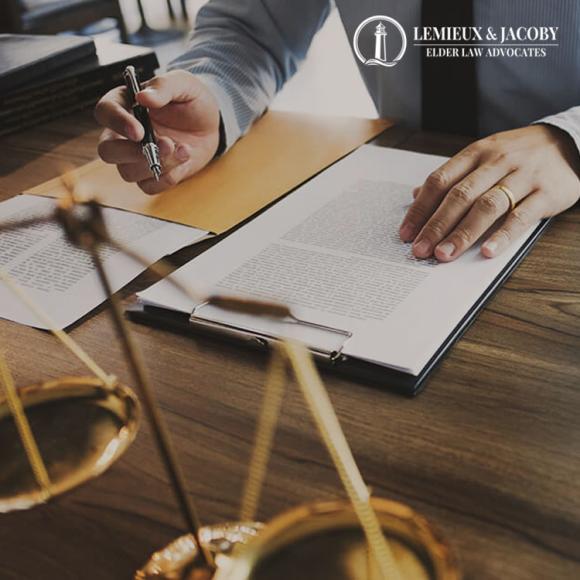

Overview:
Trust administration is the process of managing a trust after the grantor's death. It involves various tasks and responsibilities that ensure the trust assets are properly distributed to the beneficiaries. This comprehensive guide aims to provide an overview of trust administration and give readers a better understanding of the process.
1. Understand the basics of a trust:
Before diving into the trust administration process, it is important to have a good understanding of what a trust is. A trust is a legal arrangement where a grantor transfers their assets to a trustee, who then holds and manages those assets for the benefit of the beneficiaries.
2. Identify the key parties involved:
In trust administration, there are several key parties involved. These include the grantor (who created the trust), the trustee (who manages the trust assets), and the beneficiaries (who will ultimately receive the trust assets).
3. Determine the type of trust:
Trusts can be classified into different types, such as revocable or irrevocable, living or testamentary, and grantor or non-grantor trusts. Understanding the type of trust, you are dealing with is essential as it will determine the rules and requirements for its administration.
4. Gather all necessary documents:
In order to properly administer a trust, you will need to gather all relevant documents, such as the trust agreement, will, and any other supporting documentation. These documents will provide guidance on how the trust should be managed and how the assets should be distributed.
5. Notify beneficiaries and other interested parties:
It is important to notify the beneficiaries and any other interested parties about the trust administration process. This includes providing them with a copy of the trust agreement and informing them of their rights and responsibilities as beneficiaries.
6. Take inventory of trust assets:
As part of the trust administration process, you will need to take inventory of all the trust assets. This includes identifying and valuing all the assets held within the trust, such as real estate, investments, and personal property.
7. Review and pay any outstanding debts or taxes:
Before distributing the trust assets to the beneficiaries, any outstanding debts or taxes must be reviewed and paid. This includes paying off any outstanding loans, estate taxes, or income taxes owed by the grantor.
8. Distribute the trust assets to the beneficiaries:
Once all debts and taxes have been paid, the trust assets can be distributed to the beneficiaries according to the terms of the trust agreement. This may involve selling assets and dividing the proceeds among the beneficiaries, transferring ownership of assets to the beneficiaries, or other methods of distribution outlined in the trust agreement.
9. Maintain accurate records and accounts:
Throughout the trust administration process, it is important to maintain accurate and detailed records and accounts. This includes keeping track of all income and expenses, documenting all distributions made to beneficiaries, and ensuring all transactions are properly documented and recorded.
10. Close the trust:
Once all the trust assets have been properly distributed, the trust can be closed. This involves filing any necessary paperwork with the court and ensuring all outstanding matters have been resolved. Closing the trust marks the end of the trust administration process.
Conclusion:
Trust administration is a complex process that involves various tasks and responsibilities. By understanding the basics of trusts, identifying the key parties, and following the necessary steps, you can navigate the trust administration process successfully and ensure the proper management and distribution of trust assets.
